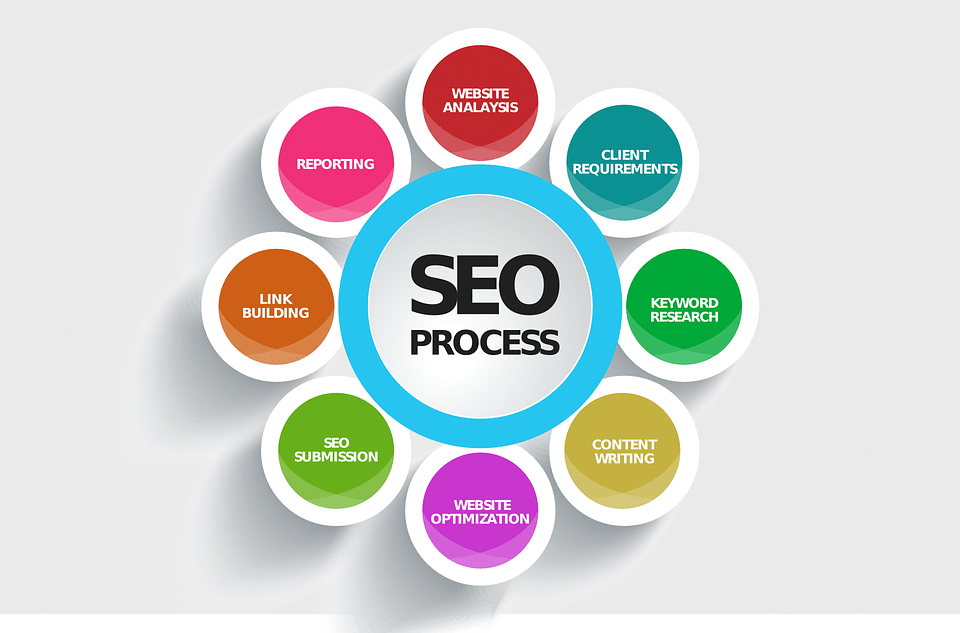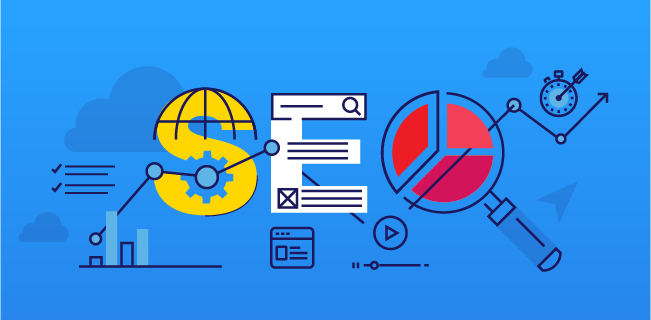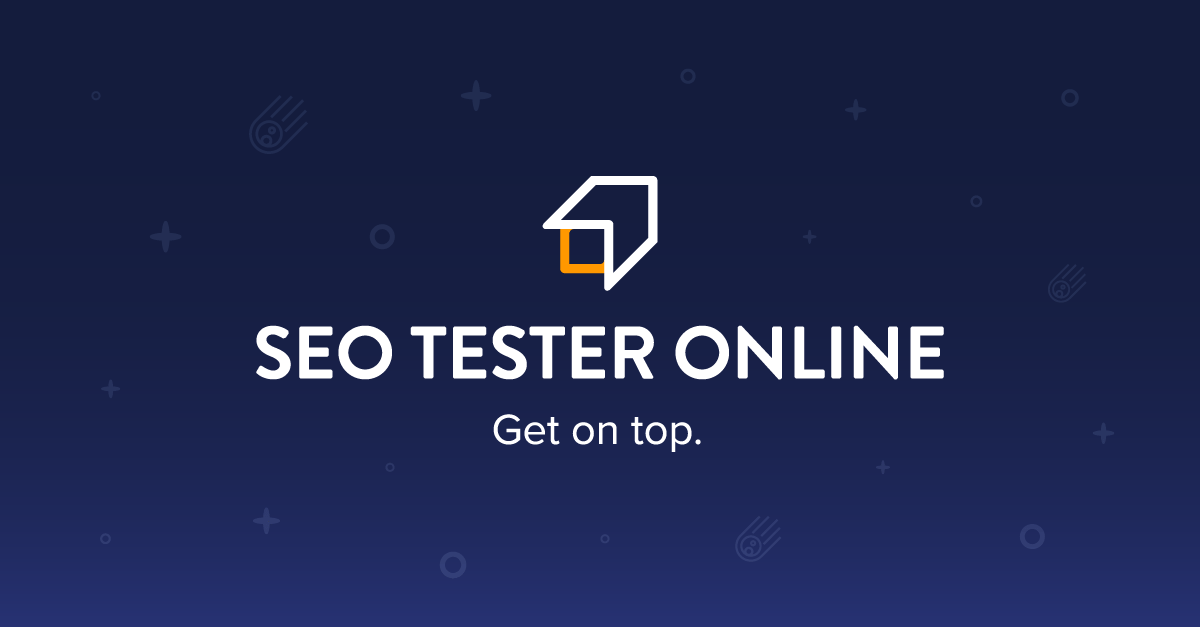Debunking What Is Not Considered a Default Medium in Google Analytics
Debunking What Is Not Considered a Default Medium in Google Analytics
Blog Article
Believing Outside the Box: Leveraging Non-traditional Mediums to Optimize Google Analytics Performance
In the world of digital advertising and marketing, the pursuit for enhanced Google Analytics performance has ended up being a critical essential for companies seeking to improve their online existence. By exploring non-traditional tools as opportunities of data collection, a new realm of possibilities arises.
Unique Data Sources

CRM systems, as an example, can provide understandings into individual client interactions, purchase history, and choices, which can be integrated with Google Analytics data to develop more customized advertising approaches. Social media systems offer important data on individual demographics, rate of interests, and interaction metrics, permitting organizations to assess the efficiency of their social media campaigns and maximize web content for better efficiency. Email advertising information, consisting of open prices, click-through rates, and conversion metrics, can likewise be leveraged to track individual engagement and habits past internet site interactions recorded by Google Analytics. By leveraging these distinct information sources, organizations can improve their strategies, boost targeting efforts, and improve general Google Analytics performance.
Social Media Site Insights

In addition, social networks analytics devices allow companies to track essential efficiency indications, screen project effectiveness, and gauge the influence of their online activities. Recognizing the demographics of followers, identifying prominent content motifs, and reviewing engagement levels can assist organizations tailor their advertising methods for far better results.
Offline Advertising Assimilation
Integrating offline advertising and marketing approaches with electronic analytics can enhance general project performance and offer a much more thorough understanding of consumer behavior. what is not considered a default medium in google analytics. By connecting the void between online and offline efforts, businesses can track the impact of typical marketing channels such as print ads, television commercials, direct mail, and occasions on their online existence

Moreover, applying phone call tracking systems for offline marketing activities enables companies to capture useful data on client inquiries created through published advertisements or products (what is not considered a default medium in google analytics). By examining telephone call information alongside on-line metrics in Google Analytics, companies can gain deeper understandings right into the customer trip and optimize advertising methods for improved efficiency across all channels
IoT and Wearable Innovation
Using IoT and wearable innovation in digital analytics can revolutionize information collection read and consumer understandings for businesses seeking a deeper understanding of individual actions patterns. Wearable modern technology, such as smartwatches or fitness trackers, can provide understandings right into user activities, wellness metrics, and also place data.
Gamification Strategies
The implementation of gamification approaches in electronic analytics presents a cutting-edge approach to improving user engagement and driving workable understandings for organizations. By integrating game-like elements such as factors, badges, leaderboards, and compensates right into look at this web-site the analytics interface, companies can motivate individuals to engage much more frequently and meaningfully with the information.
Gamification encourages customers to check out different attributes of the analytics system, discovering beneficial insights that may have or else gone unnoticed. Via interactive difficulties and progress tracking, users are incentivized to delve much deeper into the information, leading to increased time invested on the system and a greater chance of uncovering essential trends or patterns.
Furthermore, gamification can cultivate a feeling of competition among users, spurring them to aim for greater performance and interaction levels. This affordable spirit can drive enhanced user adoption prices and an extra extensive usage of the analytics devices readily available. Ultimately, by leveraging gamification strategies in digital analytics, organizations can produce an extra interesting and productive environment for customers, leading to more educated decision-making and enhanced general performance.
Conclusion
In final thought, leveraging unique tools such as special information sources, social media understandings, offline advertising and marketing assimilation, IoT and wearable technology, and gamification approaches can optimize Google Analytics efficiency. By assuming outside the box and discovering these alternate resources of information, businesses can gain important understandings and boost their total advertising methods. It is vital for firms to continually explore brand-new methods to collect information and examine it in order to remain in advance in the ever-evolving electronic landscape.
By integrating data from resources such as client partnership administration (CRM) systems, social media systems, and e-mail advertising campaigns, services can gain an extra thorough understanding of their target market actions and interaction patterns. Social media systems supply beneficial information on customer demographics, passions, and Clicking Here interaction metrics, allowing companies to gauge the effectiveness of their social media campaigns and maximize material for far better efficiency. By leveraging these distinct information sources, businesses can refine their methods, enhance targeting efforts, and boost overall Google Analytics efficiency.
Checking out social media insights can offer organizations with beneficial information on individual demographics, interests, and engagement metrics, permitting for notified decision-making and critical optimization of marketing initiatives. By assuming outside the box and discovering these alternative sources of information, companies can gain important insights and enhance their total advertising and marketing strategies.
Report this page